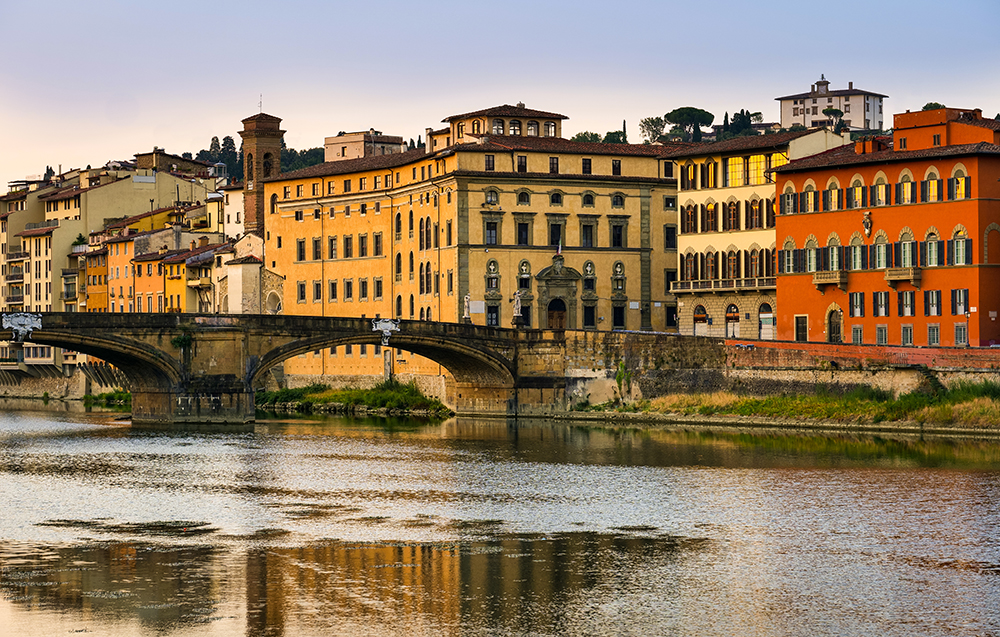
Florence Real Estate Market Stalls: High Prices Push Demand Toward Rentals
Despite favorable economic conditions, property prices remain stubbornly elevated, forcing an increasing number of families to shift from buying to renting—where rates continue their upward climbAfter a promising start to…
